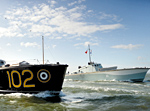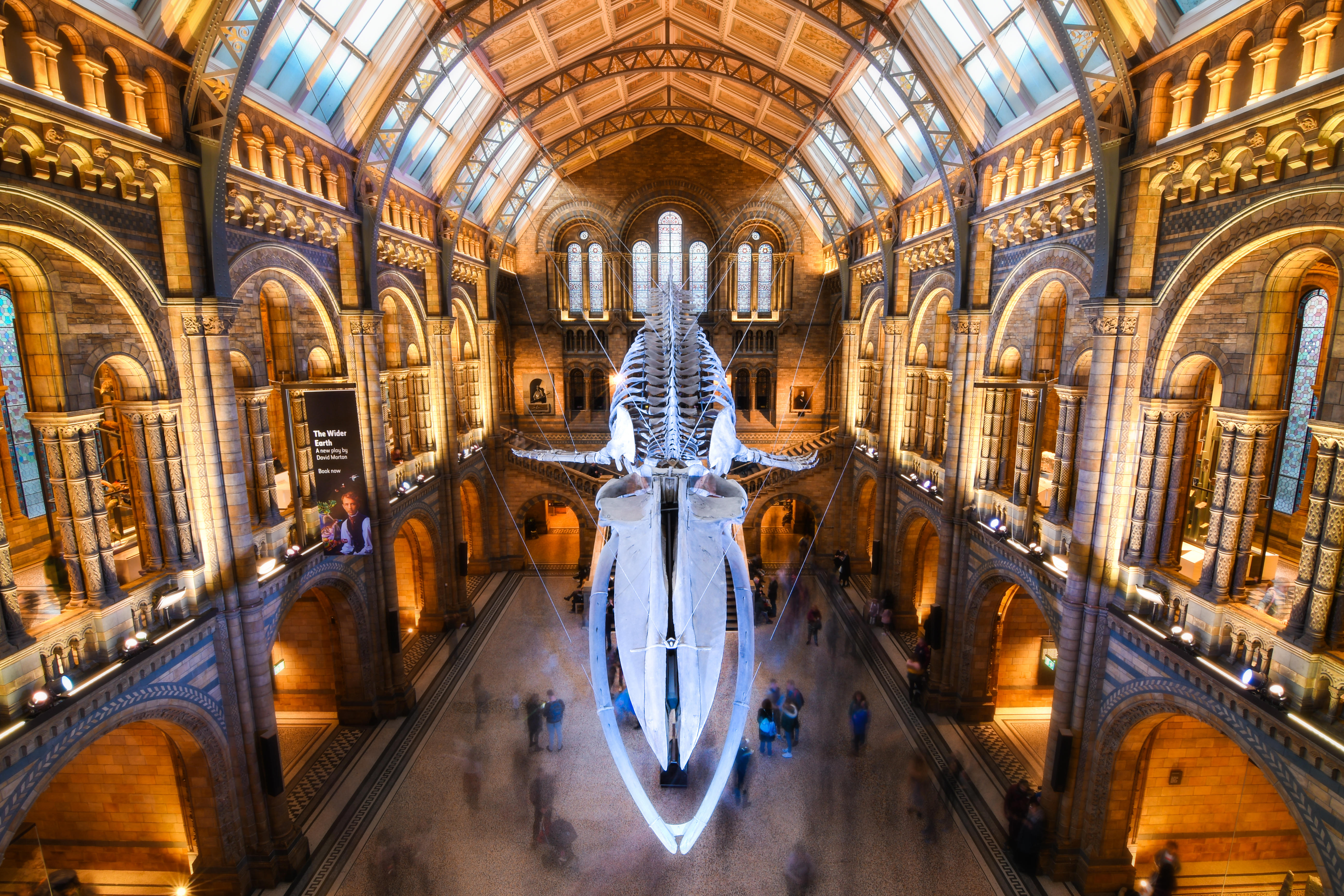Remembrance fund saved
The important role of the National Heritage Remembrance Fund (NHRF) has been recognised as its been saved cuts in the recent spending review


Where will you be on Remembrance Day? Among the masses at the Cenotaph, by the village monument, or at one of many memorials dedicated to individual regiments? This year, the Brecon Beacons or Orford Ness would be equally fitting. They are two of more than 1,000 projects supported by the National Heritage Memorial Fund (NHMF) in the name of those who gave their lives for Britain.
The NHMF, which celebrates its 30th anniversary this year, has survived the Spending Review, and will receive grant aid worth £20 million for the next four years. Chairman Jenny Abramsky comments: ‘We are pleased that, in difficult circumstances, the important role of the NHMF has been recognised. We may well become increasingly valuable as the only financial resource to support the Export Control System, the Treasury process and, in certain circumstances, the Acceptance in Lieu scheme.'
She adds: ‘Of course, it is disappointing that the funding is less than the grant-in-aid since 2007 of £10 million per year, but, in these difficult times, we will continue to do our utmost to help save great heritage in memory of those who have given their lives for the nation.'
Set up in 1980 following the outcry over the 1977 dispersal of Mentmore Towers, the NHMF, which also distributes the Heritage Lottery Fund, is a ‘fund of last resort'-one that can be drawn on in times of crisis to save heritage at risk. Its roots lie in the National Land Fund created by the then Chancellor Dr Hugh Dalton in 1946 as ‘a thank you offering for victory and a war memorial which, in the judgement of many, is better than any work in stone or bronze'.
A Second World War veteran and friend of Rupert Brooke, Dalton set aside £50 million to purchase land and buildings, stating in his budget speech: ‘I should like to think that through this fund we shall dedicate some of the loveliest parts of this land to the memory of those who died in order that we might live in freedom.'
The NHMF, which is funded by the Treasury but is independent of Government, has helped secure the future of the Mary Rose and the Stafford-shire Hoard. Recently, it presented £580,000 for the return of two ‘Spitfires of the sea', the last operational high-speed motor-boats from the Second World War, to the Portsmouth Naval Base Property Trust.
It gives special consideration to projects connected with those who have given or risked their lives or which have a ‘memorial' character. These have included Siegfried Sassoon's archives, the fifth oldest surviving Hawker Hurricane and the Cabinet War Rooms. For a full list, visit http://search.hlf.org.uk/nhmfweb. Susannah Glynn
Sign up for the Country Life Newsletter
Exquisite houses, the beauty of Nature, and how to get the most from your life, straight to your inbox.
The saving of Wimpole Avenue
One of the NHMF's first projects was the restor-ation of the elm avenue that led to Wimpole Hall, one-time home of Rudyard Kipling's daughter. Running dead straight for 2¼ miles, the double avenue had acted as a landmark during the Second World War to guide RAF pilots safely back to nearby Bassing-bourn airfield. In the 1970s, however, the avenue was all but destroyed by Dutch elm disease.
Only one mile of it had been bequeathed to the National Trust with the house in 1976, and, in 1980, the Trust had the opportunity to acquire the remaining 1¼ miles. The NHMF provided £48,000 towards the purchase. ‘It is so moving to think that these trees actually saved lives,' comments Heritage Alliance chairman Loyd Grossman. ‘Restoring them and telling their story helps us remember a pivotal point in history.'
Country Life is unlike any other magazine: the only glossy weekly on the newsstand and the only magazine that has been guest-edited by HRH The King not once, but twice. It is a celebration of modern rural life and all its diverse joys and pleasures — that was first published in Queen Victoria's Diamond Jubilee year. Our eclectic mixture of witty and informative content — from the most up-to-date property news and commentary and a coveted glimpse inside some of the UK's best houses and gardens, to gardening, the arts and interior design, written by experts in their field — still cannot be found in print or online, anywhere else.
-
 Athena: We need to get serious about saving our museums
Athena: We need to get serious about saving our museumsThe government announced that museums ‘can now apply for £20 million of funding to invest in their future’ last week. But will this be enough?
By Country Life
-
 Six rural properties with space, charm and endless views, as seen in Country Life
Six rural properties with space, charm and endless views, as seen in Country LifeWe take a look at some of the best houses to come to the market via Country Life in the past week.
By Toby Keel